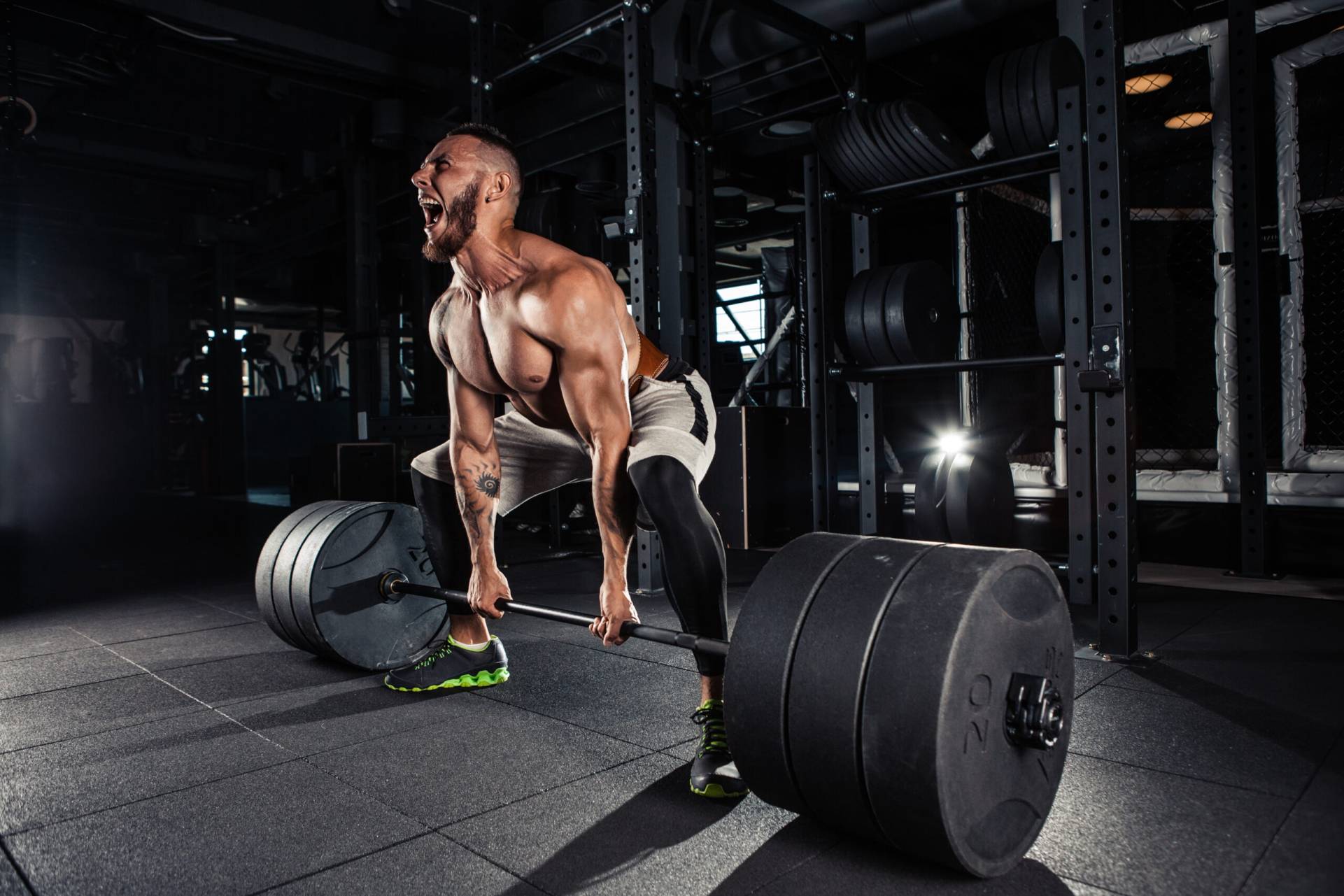What Is Core Stability, Really?

Core stability and low back pain. Core stability is a phrase often used in lower back rehabilitation, but most people have no idea of what the core is, or its actual function.
The core is primarily thought to be the superficial abdominal muscles (six-pack), and whilst this is true, the core also comprises the glutes, and many muscles that lie close to the spine and help stabilise individual spinal segments.
Other muscles such as the Quadratus Lumborum (QL) are not thought of as part of the core, but the Ql are vitally important for spinal stability, and, especially, in stabilising against shear forces.
Some of the muscles that lie close to the spine, such s the multifidus, are more proprioceptive in nature. That is, they are responsible for sensing the spine’s positioning and making minute adjustments to provide the required stability.
Crucially, the proprioceptive function of these muscles need to be developed and trained in an unstable environment, which is one of the major reasons machine-based training systems will ultimately fail in lower back rehabilitation.
Why The Need for Core Training To Treat Low Back Pain?
Any time a joint is injured, there is a resultant loss of stability, which allows micro movements to occur, which may be a trigger for back pain.
Core stability training therefore develops the stability that eliminates these micro movements.
Core stability training develops the necessary torso stiffness to allow movement to occur where it is supposed to – through the upper and lower limbs. A lack of core stability means the lumbar spine may have to contribute more to movement, which affects tissue capacity.
The active, passive and neural approach to spinal dysfunction recognises that all three components work together to create stability. When a passive structure such as a disc or ligament is injured, the active (muscular) system needs to increase its contribution to achieve optimal stability.
Various gym-based exercises such as the box squat -pictured below – help develop core stability, as do exercises such as the deadlift, TRX rows, bench push ups and various cable exercises, but these are best thought as supplemental to the basic core exercise program.L
The banded box squat is an excellent exercise typically not thought of as core training. However, banding the knees forces the glutes to switch on and help drive the movement, replicating the motor pattern we want to get off a chair or toilet.
It helps develop strength in the posterior spinal musculature, helping prevent pain from shear forces. Maintaining the correct torso position requires core strength, especially if weight is held in front of the body or overhead.
Once glute activation patterns have been established, it is an excellent progression.

The core also comprises the glute muscles. The glutes not only drive fundamental patterns of movement, they help stabilise the spine to allow more fluid movement through the limbs, which is the most desirable pattern of human performance.

Dr Stuart McGill, the world’s foremost expert in spinal injury mechanisms and rehabilitation, is perhaps most famous for his Big 3 exercises. These consist of a modified crunch, side plank and bird dog.
Many people in gyms worldwide perform these exercises, and nearly all will do so incorrectly. They are a foundational starting point in lumbar spine rehabilitation, as they help develop the stiffness that prevents micromovements from causing back pain, and the desirable pattern of stiffening through the core, and using the limbs to move.
Core stability, however, is incomplete without training in an unstable environment such as an offset banded walkback.
Too many people train the core with movement. This is incorrect, becaused the core’s job is prevent unwanted spinal movement through stiffening. If you think about a UFC fighter, for instance, it would be impossible for them to throw a punch or kick with any force if their torso was fluid and loose. The torso is stiffened during these movements, so maximum power can be directed through the hips or shoulder.



Dr Stuart McGill’s famous Big 3 exercises are justly famous for a reason. They provide the foundation for developing core strength in the most spine-sparing way. Some people may never need more than the basics, but there are simple progressions that almost every athletic individual, and/or someone who has a physical job, will need to progress to.
Back pain isn’t for life – unless you want it to be.
related articles




Does lifting technique matter? Yes. However, depending upon the object, individual mobility and strength, there are several methods to safely lift things from the floor or ground that minimize stress on the lumbar spine.
Does posture matter? Generally, yes. Poor posture - however that is defined - leads to a gradual deterioration in the quality of the lumbar spine tissues, which lowers their failure threshold.
Weak gluteal function may be a contributing factor to your lower back pain. Why? The reason is actually simple. If our glutes are weak, then the lumbar spine has to compensate to extend the hip.
Generally, there is no such thing as one best exercise. Exercise selection is based on current capacity and overall goals. But if there was just one exercise people should master...